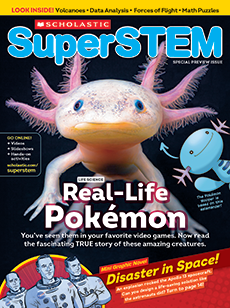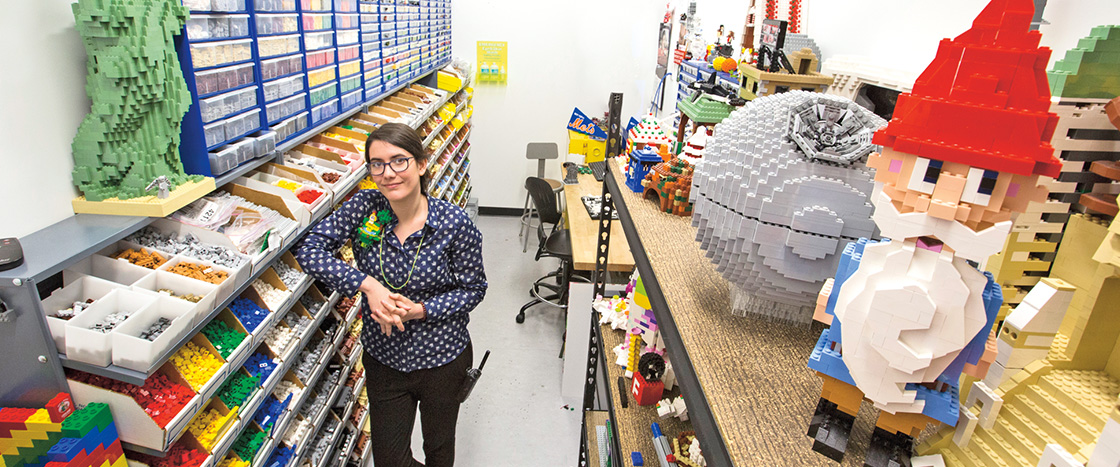Many kids love building with LEGO bricks. But how many kids end up getting paid to build with LEGO bricks as an adult?
That’s what Veronica Watson did. In 2014, she won a contest to be a Master Model Builder at the Legoland Discovery Center in Yonkers, New York. A Master Model Builder gets to play with LEGOs full time! Veronica started the job after college and stayed there for two years.
Many kids love building with LEGO bricks. They do it for fun. But how many kids do you know that build with LEGO bricks as an adult? And get paid for it?
That’s what Veronica Watson did. In 2014, she won a contest to be a Master Model Builder at the Legoland Discovery Center in Yonkers, New York. A Master Model Builder gets to play with LEGOs fulltime! Veronica started the job after college. She stayed there for two years.

